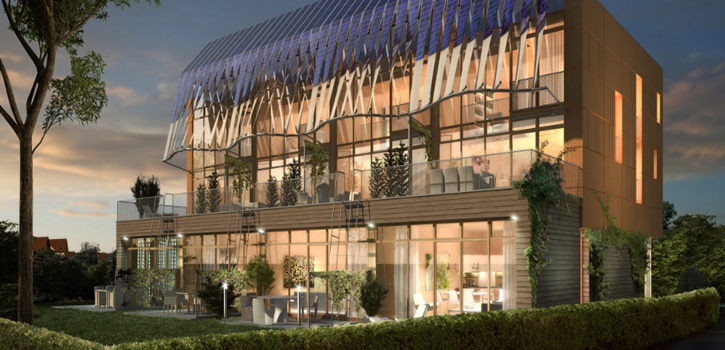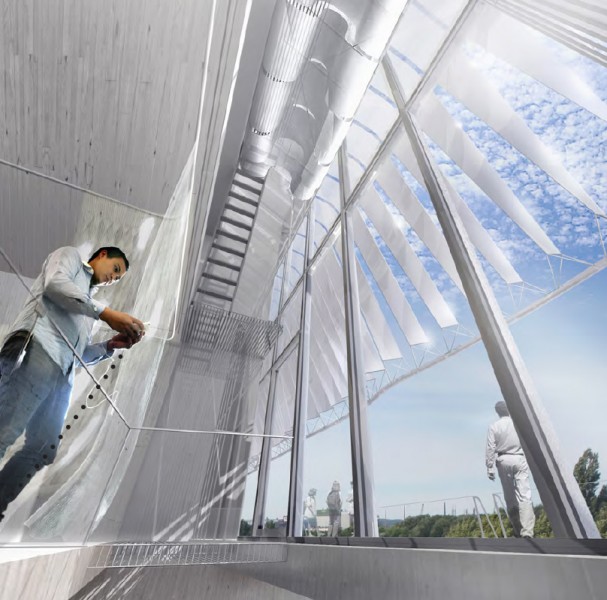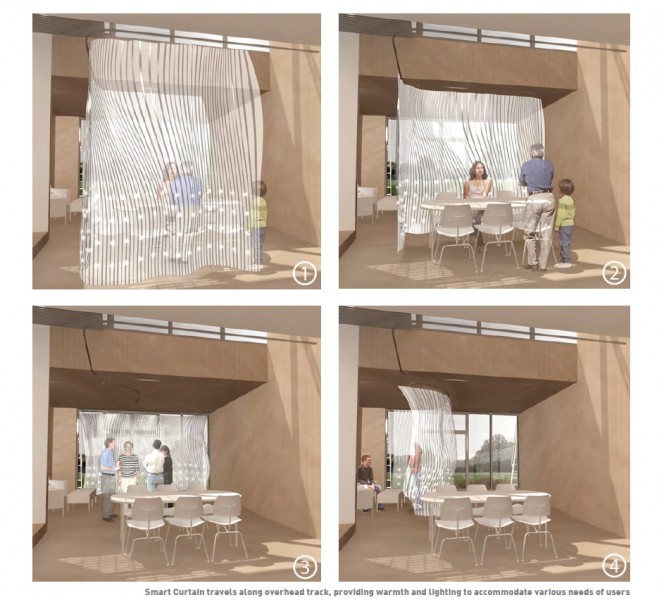11 March 2019
The city of Hamburg will become, until September, in the European capital of sustainable architecture, anticipating the trends of smart cities of the future, to find an innovative response to the most urgent problems of the contemporary urban living. The occasion is the International Building Exhibition (IBA), an event with over a century of history, born in 1901, and today more than ever pushed the green innovation of the construction industry. Hundreds are the proposals in a few weeks on the streets of Hamburg with international authorship. Architects, landscape architects, urban planners, engineers will meet to implement a wide range of architectural solutions related to reality and, above all, can be exported in any other context. Among the protagonists of IBA, we find an award-winning team from the Massachusetts Institute of Technology (MIT), authors of "Soft House". "An architecture suited to respond to the continuous changes of our time," says the architect Sheila Kennedy Professor of MIT and leader of the study team KVA Matx, where energy infrastructure are not ends in themselves but as means of creating innovative buildings where technologies are the protagonists. Posted in Wilhelmsburg Island, Soft House presents: -a dynamic South façade made of a Web of textile strips integrated photovoltaic cells and applied to a horizontal axis solar tracking. Photovoltaic elements are always oriented toward the Sun, picking up the maximum amount of clean energy to power your home. At the same time the fabric of the façade becomes a brise-soleil: natural shielding that protects the Interior from the heat during the summer months, leaving the light penetrate deep into winter; -a light wood frame and wooden furniture components that transform the perimeter structure of classic German Passivehaus, in a flexible and moldable living space, corresponds to the standard Passivehaus. -energy produced from “solar curtains” is transferred directly to the LED lighting system, essential to keep down the level of carbon emissions. The Soft House is a clear demonstration of how the energy technology, can be transformed into a piece of design that contributes to the efficiency of low-energy buildings, besides being completely dismantled and recycled at the end of the life cycle of the building. "We need to achieve maximum creativity and flexibility to see how far we can bring new materials," says Sheila Kennedy. "The most interesting applications for the new materials are those who work at different levels, once this is achieved, we will be able to insert ourselves in the market, revolutionizing the sustainable architecture". (Fabiana Cambiaso – Università La Sapienza) Credits: www.kvarch.net web.mit.edu Soft House, Kennedy & Violich Architecture Residential area:
4/180 mq Finished on March 2013 Materials: Wood, Textile membranes Applications: Structure, Casing, Screens.
Carlo Bardelli
Syncronia Magazine
Editore: Syncronia SRL - Via Enrico Morozzo della Rocca, 8 - 20123 Milano Tel. +39 02 36752 234 Fax: +39 02 36752 235
Proprietario: STRIM Holding SRL
Direttore: Marco Mignatti
Hosting: Aruba SPA








